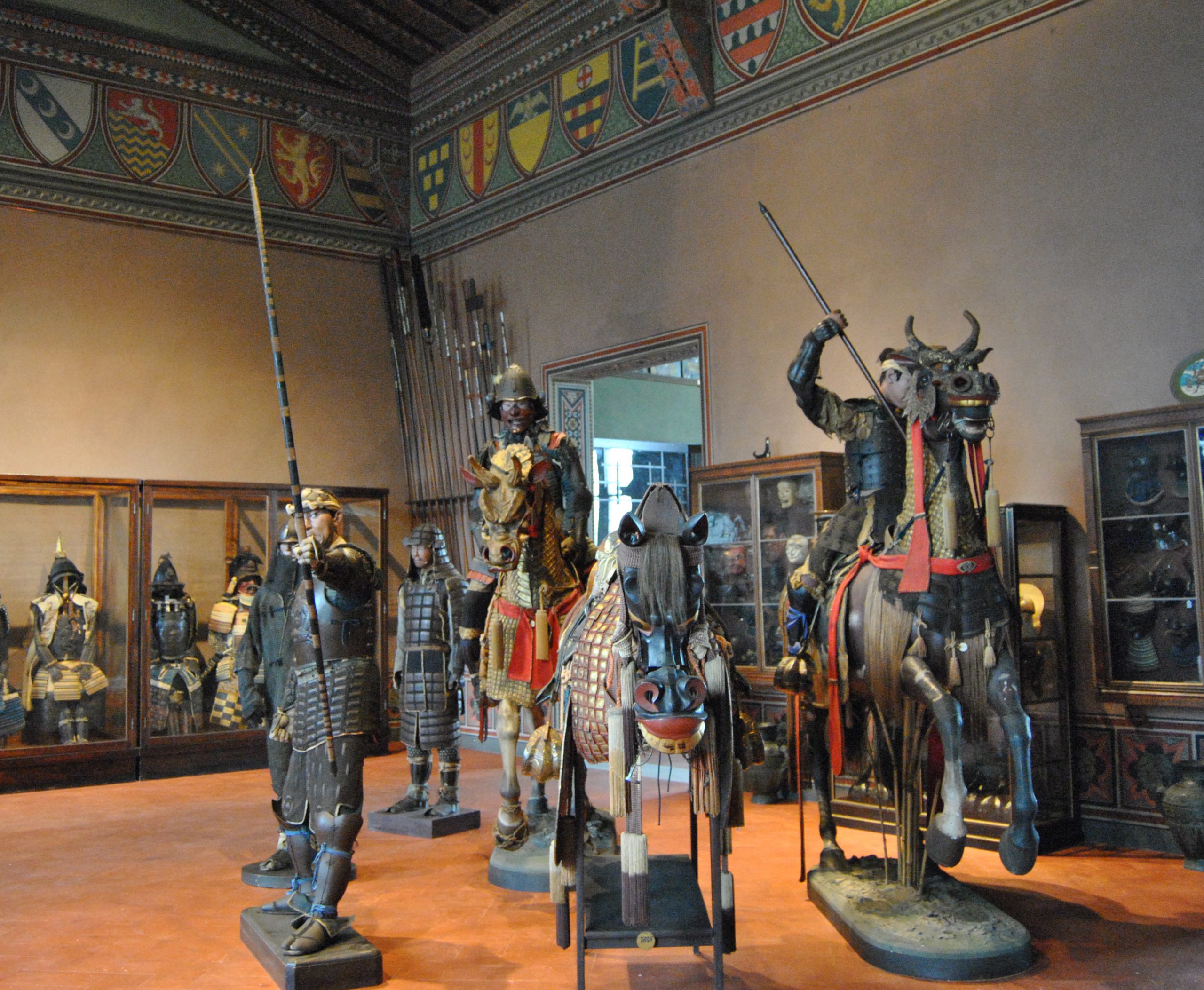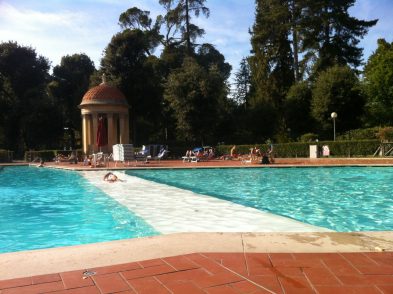Living in a city full of art, you would think that my school-age kids have seen and loved all of Florence’s cultural treasures. But like those of their Italian classmates, family weekends get booked up with sports events, birthday parties, shopping trips, visiting other towns or just much-needed downtime. When we do go to a church or museum, there is an element of gelato-bribing. School trips include a few museums during the year, but if, like us, you missed the year the class went to the Uffizi or Bargello, then at least someone in the house will know all about the Roman ruins below piazza della Repubblica or the more unpleasant displays at La Specola. It’s mostly been up to us to educate them—and enjoy together—Florence’s heritage. What we have tried to do is slowly build up snapshots from different sites, focusing on quality more than quantity. If a child remembers one painting that spoke to them, that’s more valuable than a glazed-over trip through room after room.
Here are my tips on navigating Florence’s museums with kids.
Plan ahead
Buy tickets in advance for the big attractions to avoid boring queues and crowds. Book a family-focused private tour guide to maximise your time or see if the museum offers a child-friendly audio guide. Try to read about the museum beforehand so you have a sense of how much there is to see. Look together at the artworks online or choose some postcards at the bookshop when you arrive, and use those to lead you through the highlights. Or go with a theme: “Let’s wander and see if we can find three horses.”
Tick tock
One hour in a museum feels like a long time when you’re only six. Between 40 and 60 minutes is the limit for my kids’ attention span, but if you focus on just a few pieces you will all come away with more valuable memories. When we travel elsewhere, my husband and I take it in turns to mind the kids while the other enjoys a solo, grown-up museum trip.
Space to move
Find space for them to move. Or talk. Or have a tantrum, as needed. Most of Florence’s churches, the Bargello and Museo Novecento have courtyards. Best of all is the Museo degli Innocenti, which has several courtyards and the wonderful piazza outside.
Stop, rest, move
Don’t expect Florence’s museums to offer refreshments (two exceptions being the terrace cafés at Uffizi and Museo degli Innocenti). Check for bathrooms as soon as you arrive.
Follow their lead
Let your children take the lead. Wait and see where their eye wanders. If they need a little push, go for images of people. Virgin and Child paintings are easily latched onto by smaller children. Look together for a story in the image, remembering that much of the art before you, especially religious art, was intended to tell stories to the masses who could not read.
Ask questions
Why does David’s hand look so big? Why do you think this picture is so famous? Is that woman laughing or crying? Why did he paint that snake like that? You will be amazed at what they’ll come out with, and that’s what they will remember.
Patterns and symbols
Look for key historic and religious symbols. If you read up on some of the commonly-depicted saints, your tougher-skinned kids might enjoy spotting the torture devices that usually accompany them.
Take something away
Consider using a camera phone—sparingly—to help them explore and remember what they have first looked at with their own eyes. Or even better, bring a sketchbook and pencil.
Opera del Duomo museum
OUR FLORENCE FAMILY FAVOURITES
The beautiful Museo degli Innocenti, the city’s long-time orphanage, tells many of its stories in a clear, interactive way to children. The highlight for us is the room of drawers displaying some of the objects left with the abandoned infants. For mums, the artworks of the Virgin and Child still in situ are probably the most heart-breaking in Florence.
The Museo dell’Opera del Duomo has been redesigned to interpret the cathedral’s history and treasures in a life-size, approachable way. The ticket includes access to all other parts of the Duomo complex including the climb to the top, and with 48 hours to visit them all it is an ideal family ticket.
Even when closed, the historic Orsanmichele offers an outdoor gallery and history lesson. Do a quick online search to learn about the sculptures on the outside niches that were created by the best artists of the day for the city guilds. It is open on Mondays and upstairs are wonderful views and space for little ones to roam around.
Visit the monks’ cells at San Marco, beautifully decorated by fellow monk Fra Angelico. Marvel at the tiny writing and colourful manuscripts on display in the beautiful library, see the cracked bell rung by Savonarola’s followers and look out for the cat angling for a treat in Ghirlandaio’s Last Supper.

Stibbert Museum
There are guns and armour at the Stibbert Museum. Kids can try on costumes and play with swords. There is a café, or you can have a picnic in the museum’s park or in the Fabbricotti park next door which has a playground.
In Fiesole, climb to the very top of the hill to San Francesco and inside the church look for the Nativity scene with a giraffe, a sculpture by Einstein’s daughter and, downstairs, an Egyptian cat mummy.










